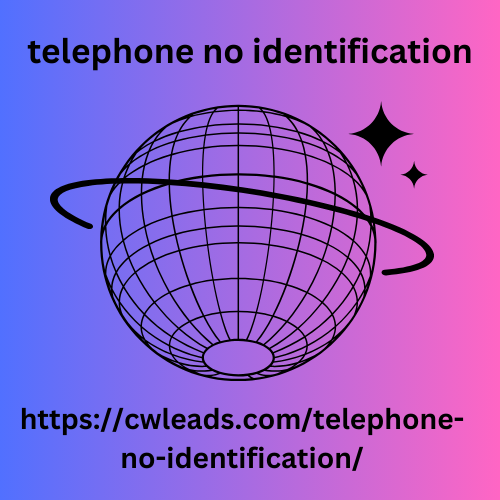In today’s interconnected world, email addresses serve as vital gateways for electronic communication. They allow us to exchange messages, share files, and collaborate seamlessly across distances. Understanding the structure, best practices, and security considerations surrounding email addresses empowers you to navigate the digital landscape effectively.
H2: Demystifying the Anatomy of an Email Address
An email address typically follows Telemarketing Insurance Leads Appointment Setting the format username@domain.tld. Let’s break down each component:
- Username: This is the unique identifier that precedes the “@” symbol. It can consist of letters, numbers, periods (“.”) and underscores (“_”). Choose a username that reflects your identity or purpose (e.g., yourname, [email address removed]).
- “@” Symbol: This separator signifies the demarcation between the username and the domain.
- Domain: This represents the server or organization that hosts the email address. It’s further divided into two parts:
- Subdomain (Optional): This comes before the main domain name and often denotes departments or specific services within an organization (e.g., sales@, support@).
- Top-Level Domain (TLD): This is the suffix at the end, indicating the type of organization or purpose associated with the email address. Common TLDs include:
.com: Commercial entities (businesses, organizations).org: Non-profit organizations.edu: Educational institutions.gov: Government agencies.net: Network-related entities- Country-specific TLDs (e.g.,
.bdfor Bangladesh,.ukfor United Kingdom)
Here are some examples of complete email addresses:
john.doe@example.com(Individual username with a generic commercial domain)info@company.org(Informational email address for a non-profit organization)support@webservices.com(Support email address for a subdomain within a commercial domain)government.official@ministry.gov.bd(Government official email address with a country-specific TLD)
H2: Choosing a Strong and Effective Email Address
Selecting a well-suited email address is crucial for professional and personal communication. Consider these factors:
- Professionalism: For work-related correspondence, opt for a username that reflects your name or job title (e.g., [email address removed]). Avoid informal usernames or those containing special characters.
- Memorable: Choose a username that’s easy to remember and spell, both for yourself and recipients.
- Uniqueness: Strive for a username that’s not already in use to prevent confusion or difficulty in creating accounts.
H2: Essential Email Etiquette for Effective Communication
Email etiquette plays a significant Lifting the Lid on Telemarketing List role in fostering professional and respectful online interactions. Here are some key points to remember:
- Subject Line: Craft a clear and concise subject line that accurately conveys the purpose of your email.
- Greeting: Use a professional salutation like “Dear Mr./Ms. Lastname” or “Hello [Name],” depending on your level of familiarity with the recipient.
- Body: Maintain a clear and concise writing style, structuring your email with an introduction, body, and conclusion. Proofread carefully to avoid typos or grammatical errors.
- Attachments: If sending attachments, ensure they are relevant and named appropriately. Request the recipient’s confirmation before sending large files.
- Closing: Conclude your email with a professional closing like “Sincerely,” “Regards,” or “Best regards,” followed by your full name and title (if applicable).
H2: Security Measures: Safeguarding Your Email and Preventing Spam
Email accounts can be vulnerable to spam and phishing attacks. Here’s how to fortify your email security:
- Strong Password: Create a robust password using a combination of uppercase and lowercase letters, numbers, and symbols. Avoid using easily guessable passwords or those shared across multiple accounts. Consider using a password manager to generate and store strong passwords securely.
- Two-Factor Authentication (2FA): If available, enable 2FA for an extra layer of protection. This typically involves entering a code sent to your phone or another device in addition to your password when logging in.
- Beware of Phishing: Be cautious of emails requesting personal information or urging you to






